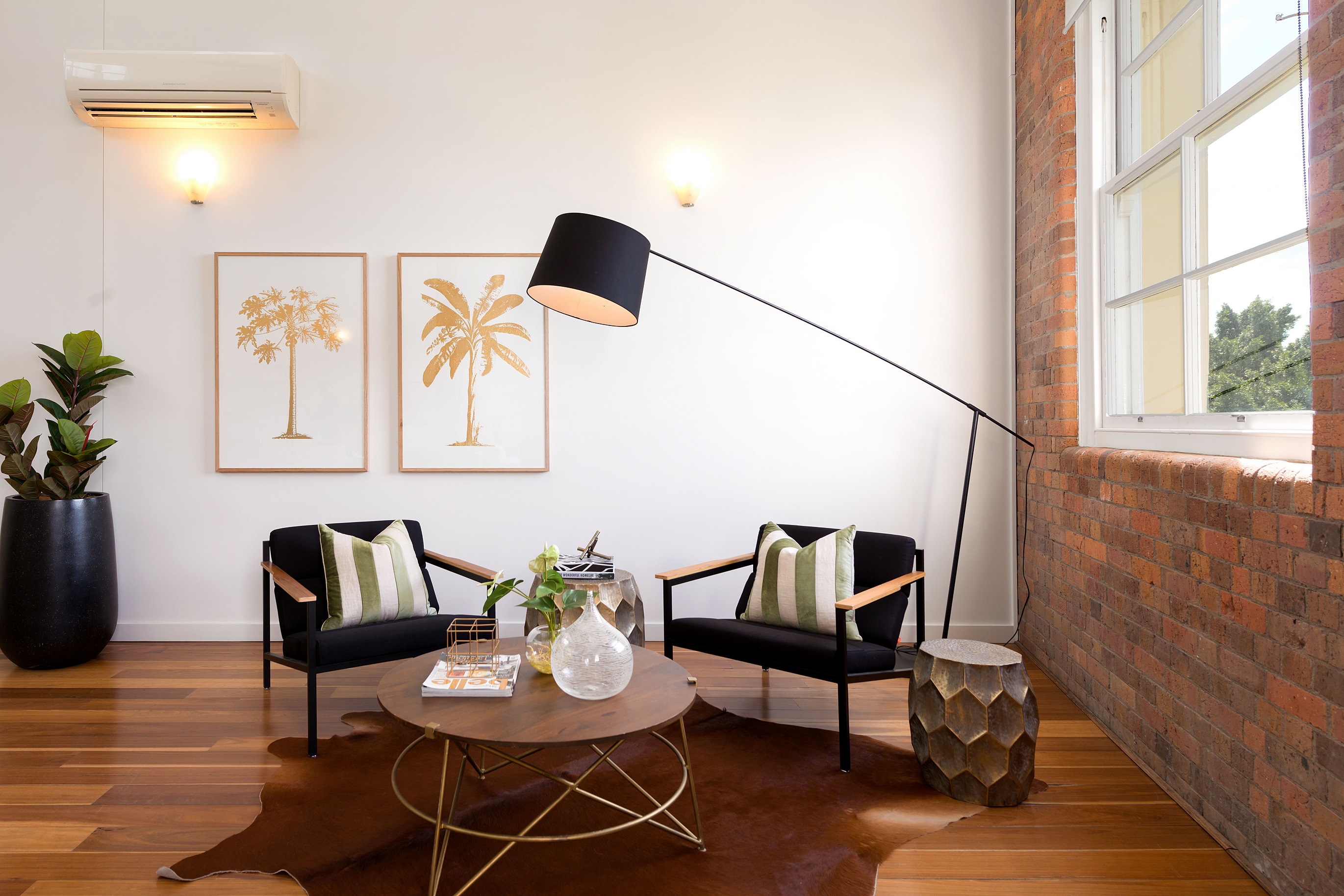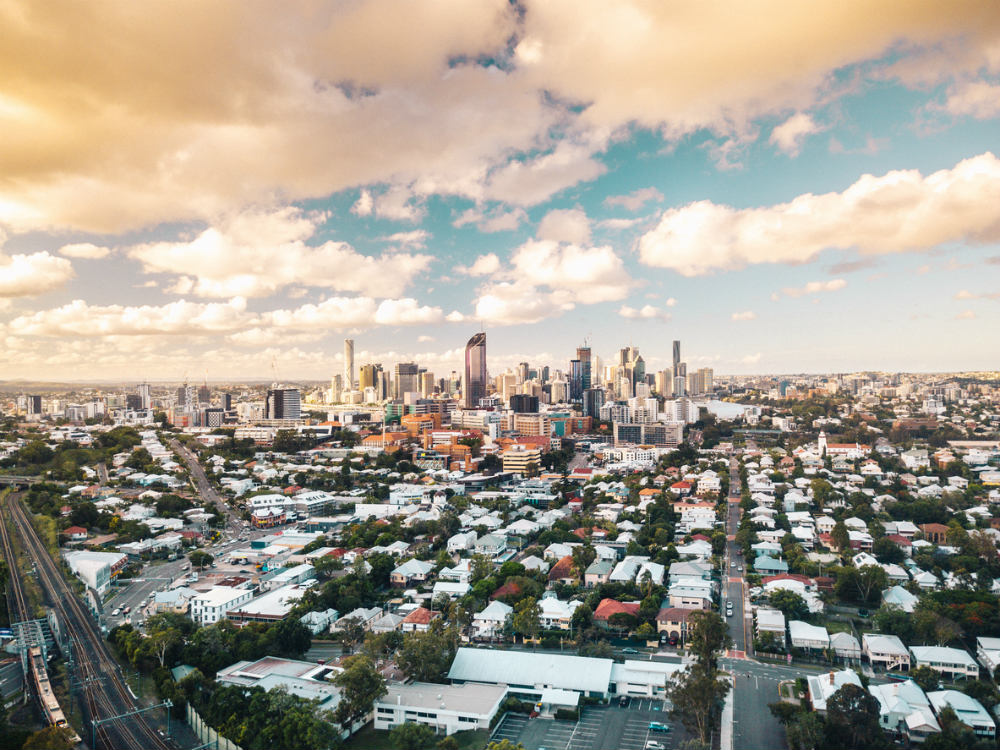Sydneysiders are looking to buy property in southeast Queensland more than anywhere else in Australia, new data shows.
Exclusive research from Domain into out-of-area inquiries made by people living in Sydney has revealed that, last year, more than 50 per cent were looking at buying property in Queensland. That’s up 5 per cent on 2017 inquiries and, so far this year, that figure is increasing again.
The highest proportion of those inquiries was to Brisbane (21.5 per cent), followed by the Gold Coast (15.3 per cent). Only 25.7 per cent of Sydney buying inquiries were made to Victoria and, moreover, that figure has been falling since 2017.
It’s in line with ABS figures released last week, which showed the top three areas with the biggest flow of interstate migration. Brisbane had the most by far, followed by the Gold Coast, Sunshine Coast and then Melbourne – while Sydney had a net loss of -27,300.
Domain research analyst Eliza Owen said the figures pinpointed exactly where the growing interest was in Queensland.
“We can track where those inquiries are increasing and decreasing, and can see that the portion of people looking to buy in Queensland has increased over time and overtaken Victoria,” she said.
“The Gold Coast in particular has had strong growth over the past couple of years and we can see the increase in inquiries has grown at quite significant levels and is continuing well into this year.”
Kristi and Lance Burrows were happily renting a small townhouse in Mona Vale, in Sydney’s northern beaches, when Lance was offered a job in Brisbane last year.
“We originally turned it down because I was heavily pregnant with our second child but then we toyed with it a bit more … the lifestyle in terms of being right in the middle of Byron Bay, Noosa — and the property market, we could buy somewhere, which was a massive incentive,” Ms Burrows said.
The couple took a leap of faith and moved with their two small children, Kingston and Ruby, and settled in Balmoral, in Brisbane’s exclusive inner east.
After renting for a few months, they purchased a two-bedroom weatherboard cottage on 430 square metres of land — and plans are already in motion for an extension that will bring the footprint to four bedrooms, two bathrooms and a pool.
Mr Burrows, general manager at Howard Smith Wharves, catches the ferry to work every day and Kristi has just started a part-time job two days a week. Achieving the equivalent in Sydney would have been a pipe dream, Ms Burrows said.
“If we were still in Sydney? We would have still been renting. For us to purchase in the northern beaches we would have had to put another $1 million in front of what we paid here,” she said.
“For us to buy in Sydney I would’ve had to work full-time and for a good five years with both our wages to save for a deposit. So the reach was really far; it was not something we could’ve realistically done."
“I had a friend who spent just under $1 million for a teeny townhouse in Narrabeen. We bought a free-standing house for well under that, and even after we renovate we will have only spent the same — and we’ll have four-bedroom home with a pool, four or five kilometres from the city. That’s why we’re still here.”
Demographer Mark McCrindle said it was clear that people were looking for alternatives to the cost of living, the congestion and the sheer size of the city.
“Sydney, while Australia’s largest and most global city, is losing numbers and the data shows it’s those in western Sydney that are more likely to move,” he said.
“Those southwest areas — Parramatta, even the inner west — that’s where the biggest exodus is coming from. It’s those who are the furthest out with the worst commutes who are questioning a lifestyle change."
“The buy data is fascinating — it’s a little more aspirational. They’re dreaming about their ideal new life and it’s all a story of southeast Queensland.”
Meighan Hetherington, director and buyers agent at Property Pursuit, said she saw two key groups of Sydney buyers in Brisbane.
“One of these groups is the buyers who want a lifestyle change and that mortgage relief,” she said.
“They’re selling out of their Sydney asset and looking for mortgage-free purchases, which allows them to step out of that corporate lifestyle, step back from working 60 to 80 hours a week to come back and focus on spending more time with family.”
The main other type of Sydney buyer was investors with a budget of $800,000 to $1 million, Ms Hetherington said.
“They’re sophisticated investors with a plan to invest in high-quality assets in Brisbane,” she said.
“They’re not the entry-level investors who we saw buying up cheap properties around Logan, Ipswich and Stafford around 2016 — a lot of these investors are buying in Brisbane on the advice of financial planners who have identified Brisbane as having a stable economic base and that steadier growth over the long term.”
She said they’re making conscious decisions to buy properties where the land value content is high.
“They’re buying in more of the key suburbs like Paddington, Wilston, Grange, Balmoral, Red Hill, and because of that, rental income or yield is a low priority,” she said.
“They’re focused on capital gains, so they want to buy low-density, entry-level character cottages on good land.”
Shannon Harvey of Place Estate Agents Bulimba sold the Burrows family their Balmoral home and said it was more than just cheap housing drawing Sydneysiders to Brisbane.
“They can see the value and yes, Sydney isn’t performing well but there is more to it than that,” she said.
“Brisbane has become a really dynamic place to live, there’s a lot of infrastructure going on and there’s work here. It’s the lifestyle."
“Bulimba State School had 25 new families join the school from interstate this year. I mean, it’s huge. People from Sydney love this area because it’s on the river, it’s got the original cafe strip culture and it’s tight-knit.”
Ms Burrows said there were certainly things she and her husband missed about Sydney.
“We miss the beach being so close, like on our doorstep. We were pretty spoilt with where we could go from where we lived. That’s the biggest miss for us, being by the water,” she said.
“And having our friends close by as well. That said, everyone is so busy in Sydney. We miss our friends but how often would we have seen them?”
Mr McCrindle said despite the negative flow away from Sydney to interstate locations like southeast Queensland, it was still Australia’s global city.
“People haven’t quit on Sydney. It’s still Australia’s economic gateway — but it’s almost a victim of its own success,” he said.
“We’ve had a fair bit of catch up on infrastructure the past five years and it will take another 15 to get there but if we fast forward another couple of decades, we’ll see Sydney shine again. "
“With that international brand and a nation-leading economy, it will get back there.”




